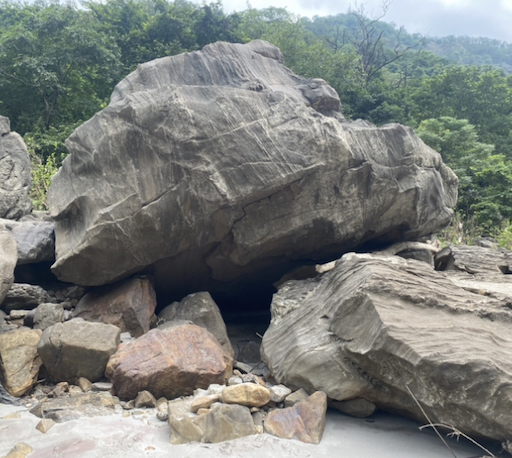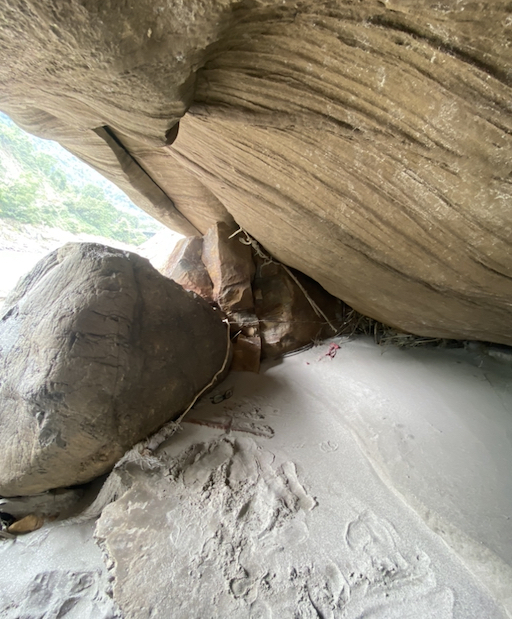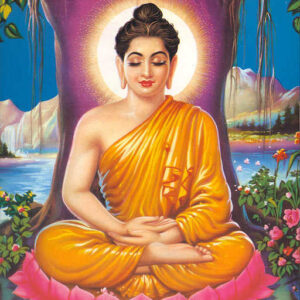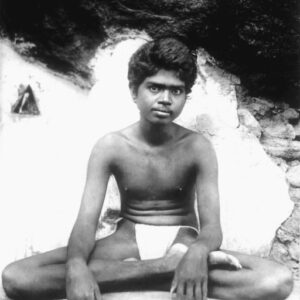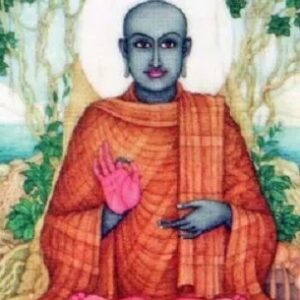This is a cave where Swami Rama Tirtha was said to be enlightened. The cave is located at the banks of river Ganga.
There is a place to sit and meditate. You can go into meditative states here effortlessly.
How to Get there
The cave is located 9 kms East of Rishikesh. Since the cave is at the banks of river Ganga, the access to the cave completely depends on the weather and flow of river.
Map:
https://maps.app.goo.gl/RVC4jXYRXvyaVhz28
About Ram Tirtha
Swami Rama Tirtha ⓘ (Punjabi: ਸਵਾਮੀ ਰਾਮਤੀਰਥ, Hindi: स्वामी रामतीर्थ 22 October 1873 – 17 October 1906[1]), also known as Ram Soami, was an Indian teacher of the Hindu philosophy of Vedanta. He was among the first notable teachers of Hinduism to lecture in the United States, travelling there in 1902, preceded by Swami Vivekananda in 1893 and followed by Paramahansa Yogananda in 1920.[2][3] During his American tours Swami Rama Tirtha spoke frequently on the concept of ‘practical Vedanta’[4] and education of Indian youth.[5] He proposed bringing young Indians to American universities and helped establish scholarships for Indian students.[6]
Biography
Rama Tirtha was born in a Punjabi Brahmin family[7] to Pandit Hiranand Goswami on 22 October 1873 (Deepawali Vikram Samvat 1930) in the village of Muraliwala in the Gujranwala District of Punjab, Pakistan.[1] His mother died when he was a few days old and he was raised by his elder brother Gossain Gurudas. After receiving a master’s degree in mathematics from The Government College of Lahore he became professor of mathematics at Forman Christian College, Lahore.
A chance meeting with Swami Vivekananda in 1897 in Lahore, inspired his later decision to take up the life of a sannyasi. Having become well known for his speeches on Krishna and Advaita Vedanta he became a swami in 1899 on the day of Deepawali,[1] leaving his wife, his children and his professorial chair.
“As a sannyasi, he neither touched any money nor carried any luggage with him. In spite of it he went round the world.”[8] A trip to Japan to teach Hinduism was sponsored by Maharaja Kirtishah Bahadur of Tehri: from there he travelled to the United States of America in 1902, where he spent two years lecturing on Hinduism, other religions and his philosophy of “practical vedanta”.[4] He frequently spoke about the iniquities of the caste system in India and the importance of education of women and of the poor, stating that “neglecting the education of women and children and the labouring classes is like cutting down the branches that are supporting us – nay, it is like striking a death-blow to the roots of the tree of nationality.”[citation needed] Arguing that India needed educated young people, not missionaries, he began an organization to aid Indian students in American universities[5] and helped to establish a number of scholarships for Indian students.[9]
He always referred to himself in the third person, which is a common spiritual practice in Hinduism in order to detach oneself from Ego.[10]
Though upon his return to India in 1904 large audiences initially attended his lectures he completely withdrew from public life in 1906 and moved to the foothills of the Himalaya where he prepared to write a book giving a systematic presentation of practical vedanta. It was never finished: He died on 17 October 1906 (Deepawali Vikram Samvat 1963).
Many believe he did not die but gave up his body to the river Ganges.[1]
Read More:
https://en.wikipedia.org/wiki/Rama_Tirtha

